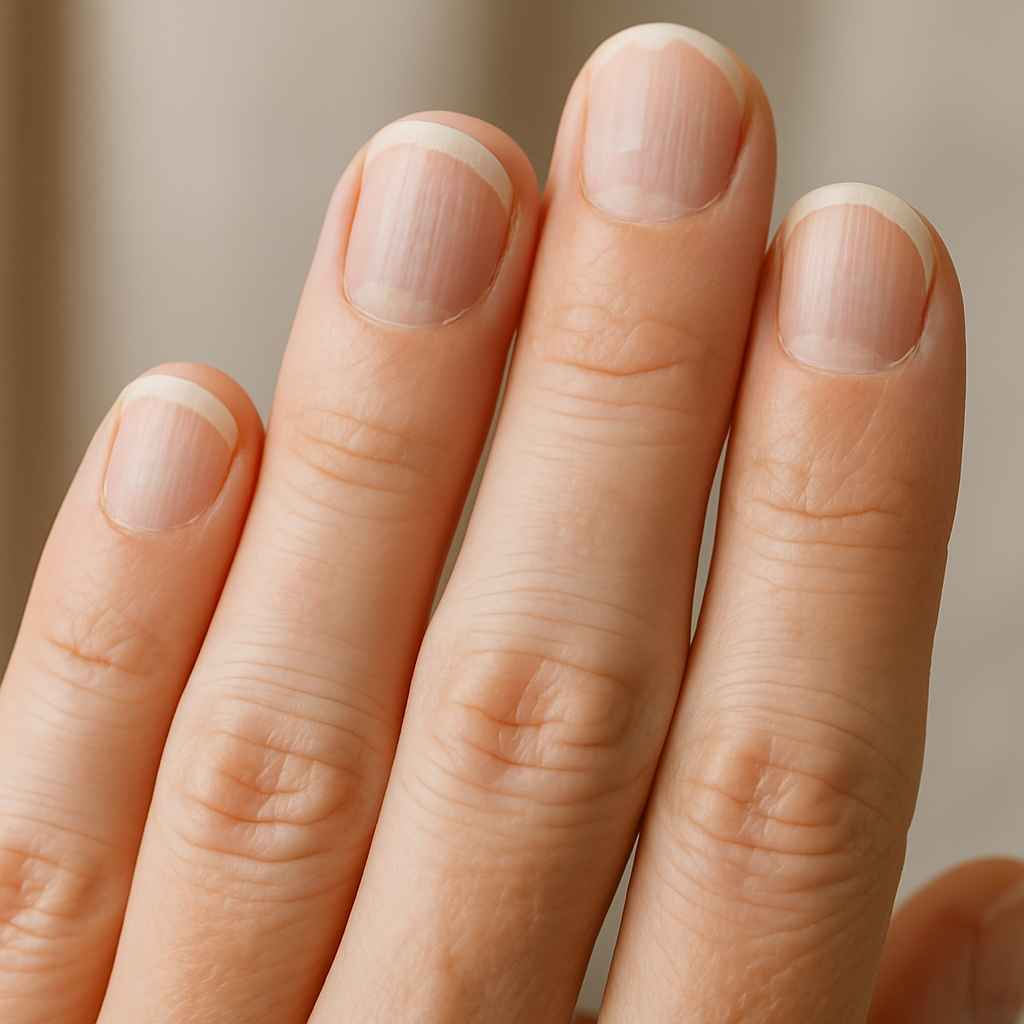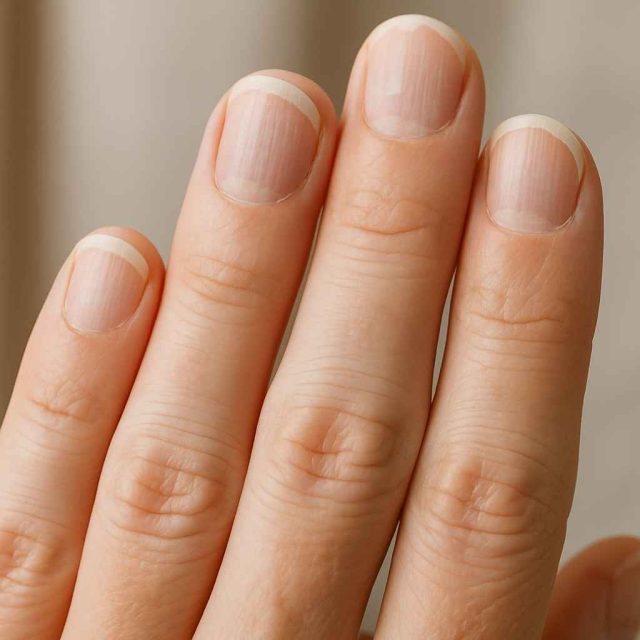
Your nails can do more than complete your appearance—they can also signal important clues about your overall health. Changes in nail health may indicate the early stages of chronic illnesses long before other symptoms emerge. While a small discoloration or ridge may seem minor, understanding what lies beneath could be critical for early diagnosis and prevention.
Have you ever noticed your nails becoming brittle, yellow, or oddly shaped? While these changes may result from trauma or aging, they can sometimes suggest deeper issues like autoimmune disease, diabetes, or cardiovascular problems. In this article, we explore how nail health serves as a potential mirror of internal conditions and what to do if you notice abnormalities.
Table of Contents
- Why Nail Health Matters
- Common Nail Changes and Their Causes
- Conditions Linked to Nail Abnormalities
- When to Seek Medical Evaluation
- Conclusion and FAQs
Why Nail Health Matters
Nails grow from the matrix, a tissue beneath the cuticle. Because nails require nutrients, oxygen, and healthy blood flow, they are sensitive to internal changes. For this reason, observing nail appearance can offer insight into systemic wellness.
Healthy nails are smooth, consistent in color, and grow at a steady rate. Disruptions in these characteristics can suggest inflammation, poor circulation, or nutrient deficiencies. In some cases, nails act as an early warning system for more serious health issues.
For example, horizontal ridges (also known as Beau’s lines) may appear after a period of high fever or stress on the body, such as an infection or surgery. Similarly, clubbed nails—where the tips enlarge and curve downward—can indicate lung or heart disease.
Although nail changes are not diagnostic on their own, they are helpful indicators that warrant further evaluation. Monitoring nail health regularly could help in the early detection of chronic illnesses.
Common Nail Changes and Their Causes
Many nail changes are harmless or cosmetic, but others may stem from underlying health problems. Here are some of the most commonly observed changes:
1. Brittle or Splitting Nails: Often linked to dehydration, iron deficiency, or thyroid disorders. This is common in people with hypothyroidism.
2. Yellow Nails: May be caused by fungal infections or, in rare cases, respiratory diseases like bronchiectasis. Smokers may also notice yellowing from nicotine.
3. Spoon Nails (Koilonychia): These concave nails may indicate iron-deficiency anemia or hemochromatosis.
4. Clubbing: A downward curve and thickening of the fingertips may be seen in people with lung disease, liver disease, or inflammatory bowel disease (IBD).
5. Pitting: Small dents in the nail surface are frequently associated with psoriasis and other autoimmune conditions.
6. Dark Lines: Brown or black streaks can sometimes indicate melanoma. Immediate medical evaluation is crucial if this appears.
7. White Spots or Bands: These are often related to trauma but may also result from zinc deficiency or kidney disorders.
Although each of these conditions can occur independently, recognizing them early could be life-changing. For community-shared experiences and support, visit Health.HealingWell.com.
Conditions Linked to Nail Abnormalities
Your nail health may be impacted by a wide range of chronic conditions. Some of the most notable include:
Autoimmune Diseases: Conditions like lupus, psoriasis, and rheumatoid arthritis can affect the nail matrix, leading to ridges, pitting, and thickening.
Cardiovascular Issues: Clubbing or blue discoloration may reflect poor oxygenation due to congenital heart disease or chronic obstructive pulmonary disease (COPD).
Diabetes: People with uncontrolled diabetes may develop fungal nail infections or yellowing, along with delayed nail growth.
Liver Disease: White nails or Terry’s nails—where most of the nail appears white—are often seen in those with cirrhosis or hepatitis.
Kidney Disease: Half-and-half nails, where half of the nail is white and the other half is darker, have been associated with chronic kidney failure.
Thyroid Disorders: Both hypothyroidism and hyperthyroidism can cause brittle, slow-growing nails and separation from the nail bed.
Each of these conditions requires different types of monitoring and treatment. If nail changes persist or are accompanied by fatigue, weight change, or other systemic symptoms, professional evaluation is advised. For provider support, visit Healthcare.pro.
When to Seek Medical Evaluation
While minor nail imperfections are often harmless, sudden or progressive changes should prompt a closer look. If you’re noticing multiple symptoms—such as fatigue, skin changes, or joint pain—along with nail issues, consult a healthcare provider.
Pay attention to these red flags:
- Rapid onset of nail changes
- Pain, swelling, or discoloration around the nails
- Separation of the nail from the nail bed
- Changes occurring alongside chronic illness symptoms
- Dark stripes or lines not related to injury
Document changes over time and take photos if possible. This can help your provider assess whether nail symptoms align with broader health concerns. Regular checkups and blood work can often reveal contributing factors like anemia or hormonal imbalances.
Ultimately, your nails are part of a larger picture. Don’t ignore what they might be trying to tell you.
Conclusion and Key Takeaways
Nail health isn’t just cosmetic—it can be a window into your overall wellness. From autoimmune disorders to liver and heart disease, nails often show signs before other symptoms appear. By learning what to look for and when to act, you empower yourself to be proactive about chronic illness.
Routine observation, healthy habits, and timely medical attention can go a long way in maintaining both nail and systemic health. Remember, your body often speaks softly before it shouts.
FAQs
What are the signs of unhealthy nails?
Brittleness, discoloration, ridges, or separation from the nail bed can all indicate problems. Persistent or sudden changes should be evaluated.
Can nail problems be a sign of serious illness?
Yes. Nail abnormalities may point to conditions like heart disease, diabetes, or autoimmune disorders.
When should I see a doctor for nail changes?
If changes are painful, persistent, or occur alongside other health symptoms, it’s best to consult a healthcare provider.
Can diet improve nail health?
A balanced diet rich in biotin, iron, zinc, and protein supports strong, healthy nails.
Do fungal infections indicate a larger health problem?
Not always, but recurring infections in people with diabetes or immune issues should be addressed more thoroughly.
Disclaimer:
This content is not medical advice. For any health issues, always consult a healthcare professional. In an emergency, call 911 or your local emergency services.




